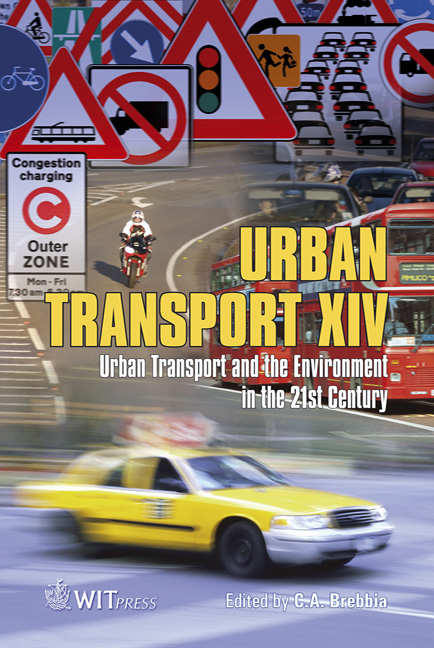Virtual Inversion Of Environment Vibration Sources Caused By Rail Traffic In Urban Areas
Price
Free (open access)
Transaction
Volume
101
Pages
9
Page Range
385 - 393
Published
2008
Size
514 kb
Paper DOI
10.2495/UT080381
Copyright
WIT Press
Author(s)
X. Tao, X. Zheng & Q. Xing
Abstract
The environment vibration source of rail traffic has been dealt with by many researchers, mainly by railway spectra from observation of the vibration. From the 3D point of view, the real source function can never be observed, even though seismometers are installed at points very close to the railway, since the observation must be mixed with the vibration from many other sources along the way. In order to validate the possibility of inversing the source function from ground observation, a virtual inversion is presented in this paper. The vertical displacement time histories at an array from a series of triangular pulses are synthesized to simulate the impacts of wheels and rail joints while a train goes through the railway. The cross power spectra are calculated from the displacements at each two points of the array, and are taken as the objective functions to inverse the intensity and the duration of the source function by means of the micro-Genetic algorithm. The inversion result is quite close to the given values, and provides a good foundation for further study on inversion of random vibration source function. Keywords: environmental vibration, rail traffic, source model, virtual inversion, micro-genetic algorithm. 1 Introduction In almost all studies, the vibration source caused by urban rail traffic is modelled by vibration at the nearest point from the rail, and the effect on buildings and human beings is calculated by a two-dimensional analysis [1]. That vibration, however, is actually not only the source, but also another vibration. The vibration is mainly engendered from the bump between the steel wheel and railway. The
Keywords
environmental vibration, rail traffic, source model, virtual inversion,micro-genetic algorithm.





